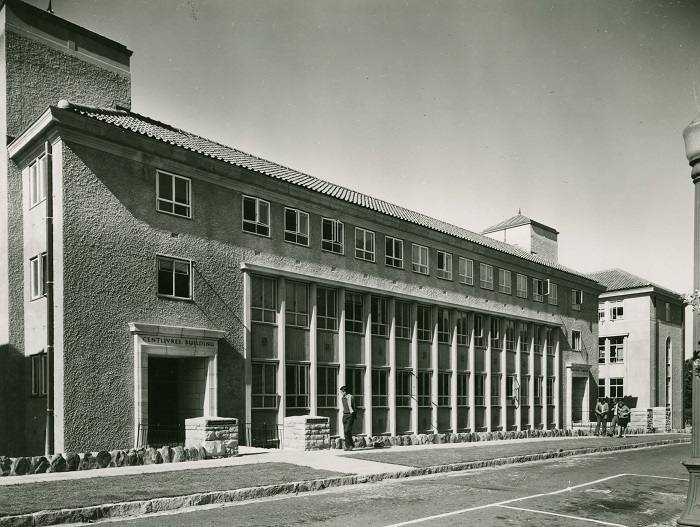Centlivres Building
Named after Albert van der Sandt Centlivres (1887- 1957) Chancellor of UCT, (1951-1966). He was a champion of the liberty of individuals and strove to protect the independence of universities. His relationship with UCT began when he entered SAC and quickly excelled, coming first in his matric examination. After his intermediate examinations he gained the Rhodes Scholarship and left for Oxford where he studied law. After working in Rhodesia and editing Juta’s Daily Reporter, he established his own practice. He became judge in the appellate division and in 1951 became Chief Justice. It was a year later that his involvement with UCT was re-established and he became Chancellor. Having worked to maintain Cape Town’s liberal political stance, he too worked to protect the independence of universities and the freedom of the individual, fighting race and class based legislation that he considered unjust during increasingly difficult political times. With the 1959 Extension of University Education Act coming into effect Centlivres, as chancellor, led UCT in protests, culminating in a march of staff and students in academic dress through the city. Source: Origins of Names of Buildings at the University of Cape Town, Mr M. Musemwa (Department of History UCT, 1993). South African Law Journal 1966 (83) 387 and 1935 (52) . Featherman, Krislov and Hall. 2010. The next 25 years : Affirmative action in higher education in the US and South Africa. Featherman, Krislov and Hall (2010).
About this item
Building Name
Description
Source: Origins of Names of Buildings at the University of Cape Town, Mr M. Musemwa (Department of History UCT, 1993). South African Law Journal 1966 (83) 387 and 1935 (52) . Featherman, Krislov and Hall. 2010. The next 25 years : Affirmative action in higher education in the US and South Africa.
Featherman, Krislov and Hall (2010).
Address
Campus
Latitude
Longitude
Building Number
Building Code
status
Linked resources
Filter by property
| Title | Alternate label | Class |
|---|---|---|
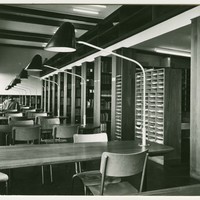 Built Environment Library Built Environment Library |
containedInBuilding | Library |
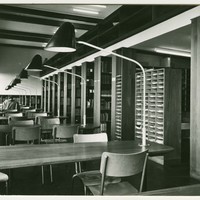 Architectural Library opens Architectural Library opens |
Event |
| Title | Alternate label | Class |
|---|---|---|
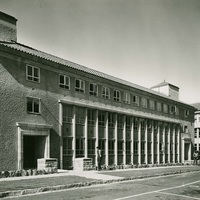 Outside view of the Centlivres Building from University Avenue Outside view of the Centlivres Building from University Avenue |
Image | |
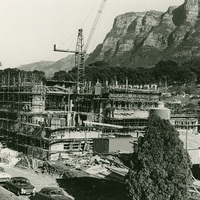 Construction of the Centlivres Building on University Avenue during the 1950s Construction of the Centlivres Building on University Avenue during the 1950s |
Image | |
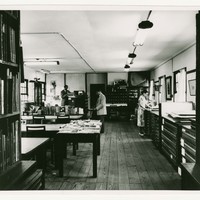 Architectural Library Architectural Library |
Image | |
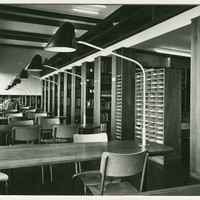 Main Reading Room of the Architectural Library Main Reading Room of the Architectural Library |
Image | |
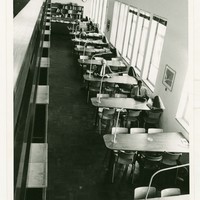 Main Reading Room of the Architectural Library Main Reading Room of the Architectural Library |
Image |



